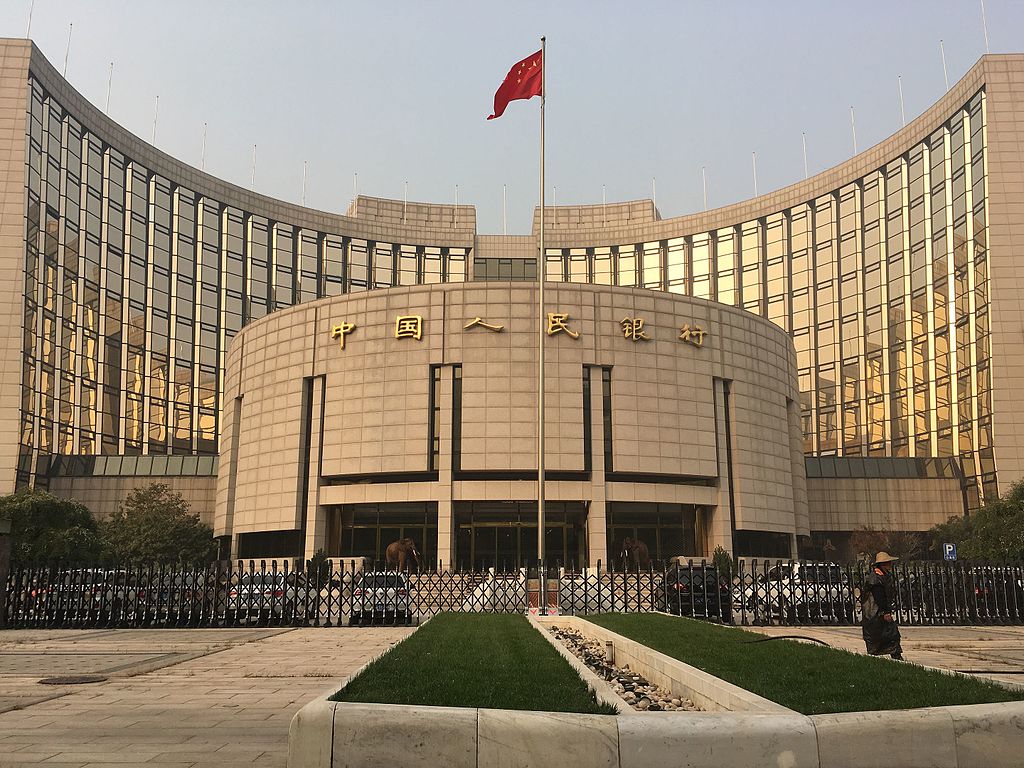
SHANGHAI – In the 1940s, the British historian Arnold J. Toynbee predicted that the United States and the Soviet Union would remain the world’s only two great powers. Not even China and India – with their “ancient civilizations” and “vast populations, territories, and resources” – would be able to “exert their latent strength” in the ensuing decades.
Toynbee was right about the ensuing decades, but wrong about two places: the Soviet Union collapsed, and now China has become the world’s second-largest economy and a leading global player. But, at a time of powerful economic headwinds and a new cold war with the US, will China continue its rise, or go the way of the Soviet Union?
To answer that question, it is first worth noting that China is not an enemy of the US, and the new Sino-American cold war is not rooted in a military standoff, much less ideological conflict. Rather, it reflects US President Donald Trump’s rejection of China’s economic rise and, more generally, of open policies.
But it is not just Trump, with his populist “America First” agenda, who opposes globalization and advocates protectionism, particularly against China. Some liberal and highly respected economists, including Larry Summers, also worry about the outcome of globalization, even if they disagree with Trump’s approach. This points to rising anxiety about the US economy’s ability to weather the challenges ahead. Predictions that China could replace the US as the dominant global economy, like one made by Arvind Subramanian in 2011, have no doubt fueled American angst.
To be sure, China faces plenty of challenges of its own, owing partly to a growth model that produced significant imbalances. But, contrary to the Trump administration’s narrative, those imbalances – particular the trade surplus vis-à-vis the US – were not intentionally created through exchange-rate controls and distortionary policies. After all, such tactics would be most damaging to China itself.
The reality is that, despite its imbalances, China’s economic rise over the last 40 years has been extraordinary, and was achieved by its successful policy of committed structural reform. The country’s economy has been much more open than most others during the same period, and its astounding trade success – exports now account for about 60% of GDP growth – therefore deserves respect, not reproach. Critics should care about not only China’s exports minus imports, but also about its exports plus imports.
Moreover, there are serious flaws in comparisons between China today and the Soviet Union during the Cold War. Back then, the Soviet Union’s vast natural resources, industrial and military expansion, and state-controlled economy caused many economists to overestimate its leaders’ ability to manage risks.
In reality, the Soviet Union lacked key sources of dynamism, such as financial incentives for economic risk-taking, market competition, free trade with developed economies, and decentralized governance systems – all features of China’s economy today. Similarly, whereas an ever-expanding bureaucracy encumbered the Soviet economy, China’s economy benefits from the decentralization of considerable economic authority to local governments.
Given these important differences, China seems unlikely to face anything like the Soviet Union’s fate. But that is not the only negative comparison that has been made. Some also suggest that China’s economy could follow in Japan’s footsteps, facing a “lost decade” (or two) of negligible growth.
Again, however, the prediction ignores important differences between the two economies in question. Before Japan fell into stagnation, it had reached advanced-economy status, with a per capita GDP of $26,000 (in purchasing-power-parity terms) in 1990 – only slightly below the US level of $31,000. China, by contrast, still has a long way to go before catching up with the advanced economies.
There is little reason to believe that, as long as China continues to pursue market opening and structural reforms, its average annual growth rate over the next 15 years will fall below 5%, as some have predicted. Subramanian’s own projected average per capita growth rate of 5.5% for the 2010-2030 period is already conservative, as it is more than 40% slower, overall, than growth over the previous 20 years.
To provide some context, Subramanian looked at how other countries had fared when they had reached China’s level of development today (one-quarter of the standard of living in the US during its post-war economic heyday). He found that, while some countries suffered long periods of decline, others were able to sustain rapid growth. In Subramanian’s words, “a lot will have to go wrong” for China to find itself in the former category.
In 1995, the late Yale University economist Gustav Ranis emphasized that the East Asian economies’ success in sustaining long-term growth owed much to the “flexibility of policymakers” who consistently responded to changing demands. “Each decade had its challenges,” Ranis wrote, and the government’s policy responses consistently accommodated, rather than obstructed, the needed changes.
Ranis concluded that, “If there is one key to developmental success, it is avoiding the encrustation of ideas.” That is achieved through policymakers’ “ever-increasing reliance on the responsiveness of large numbers of dispersed decision-makers.” This description perfectly suits China.
The response to the global economic crisis is a case in point. When advanced economies implemented unprecedented monetary stimulus, Chinese leaders deepened their commitment to shifting from an export-led to a domestic-consumption-driven growth model, even if it meant enduring a difficult period of structural adjustment, which explains the country’s slowing growth over the past five years.
We should not underestimate China’s capacity to handle both longstanding and new challenges, including the trade war that Trump has initiated. In fact, given their past record, it seems likely that China’s leaders will only become more determined to continue calibrating the country’s growth model, opening up the economy, and implementing further structural reforms, all in the service of their ultimate goal: a China that takes its place among the world’s advanced economies.
Copyright: Project Syndicate, 2018.
www.project-syndicate.org
